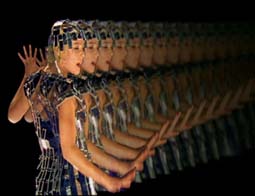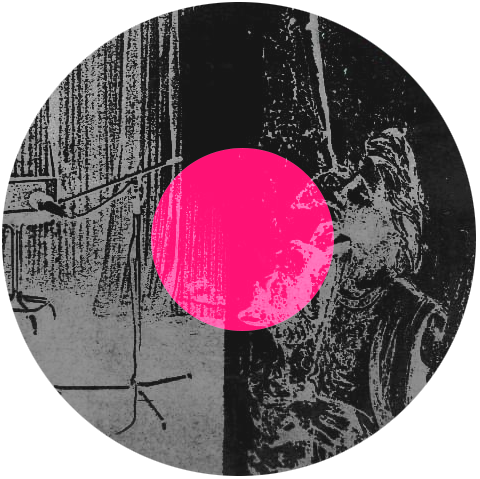3 Sep 2020
Corbyn, Glamour, and the Working-Class Dandy
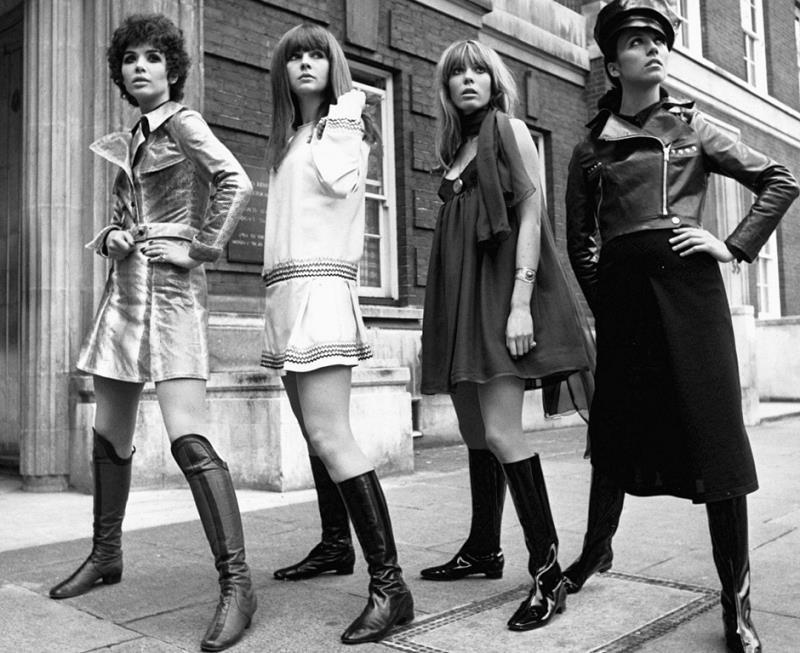
I have never fully understood why revolution is expected to be so drab. The dictatorship of the proletariat has so often been interpreted as the dictatorship of the ugly and shapeless that it begs the question why glamour is anathema to so many advocates of social upheaval? In all of recent revolutionary history the only truly glamorous revolutionaries I can remember - Che notwithstanding, who was handsome but also a scruffy bastard - were the drag queens of Stonewall in Greenwich Village who went toe-to-toe against the homophobia of the NYPD in 1969 and scored a major victory for gay rights and the crucial liberty of sartorial self-expression. Ever since, I have been with them all the way, a true believer in the legitimacy of fighting the good fight in high heels.
…the majority of the up-the-workers Left… seemed totally unaware of the great tradition of the English working class dandy. The wideboys of the Forties, …the teds of the Fifties and the mods of the Sixties were all progressive versions of what Orwell described as ‘young men trying to brighten their lives by looking like film stars’ and George Melly later called ‘revolt into style’. The workers never wanted to look like the proles of Metropolis but they were too wretchedly paid and brutally overworked to do otherwise… One of the great attractions of the Blackshirts was that they offered unemployed louts snappy uniforms. The lone Red of my acquaintance who had both an awareness of power through style and the flash that came with it was a self-proclaimed Stalinist who rode a Triumph Bonneville and favoured Jim Morrison-style leathers and a swan-off Levi jacket, with a hammer and sickle in place of the motorcycle club patch. More than once he told me, ‘I’d join the Hell’s Angels, but it’s the bastards you have to ride with. They don’t have a clue. I mean, how many could I discuss Frantz Fanon and The Wretched of the Earth with?’
– Mick Farren, Give The Anarchist a Cigarette
The above quote, found while trawling the archives of Owen Hatherley’s old blog, succinctly gets to one of the, in retrospect, key limitations of Corbynism (and, by consequence, Starmer’s Labour).
As I have argued previously, the initial promise of Corbyn, when he was first elected, was that he was not just a rejection of the neoliberal status quo at the level of policy, but also – crucially – the level of style and culture. In the early days of his premiership, Corbyn visibly and starkly stood out against the bland austerity-lite managerialists who ran the party at the time. He didn’t look like your boss, but an eccentric regular at an urban greasy spoon, doffing a fiddler cap and filled with secrets and anecdotes from the city’s grimy underworld. Cycling away into the distance, he had lived the life we wanted to live but had always been impeded from doing so by capital: he was one of us, in all our imperfections and rough edges. The difference between him and the grey vultures, circling around the already-ravaged carcass of New Labour, was palpable (as the painfully awkward picture below visualises).
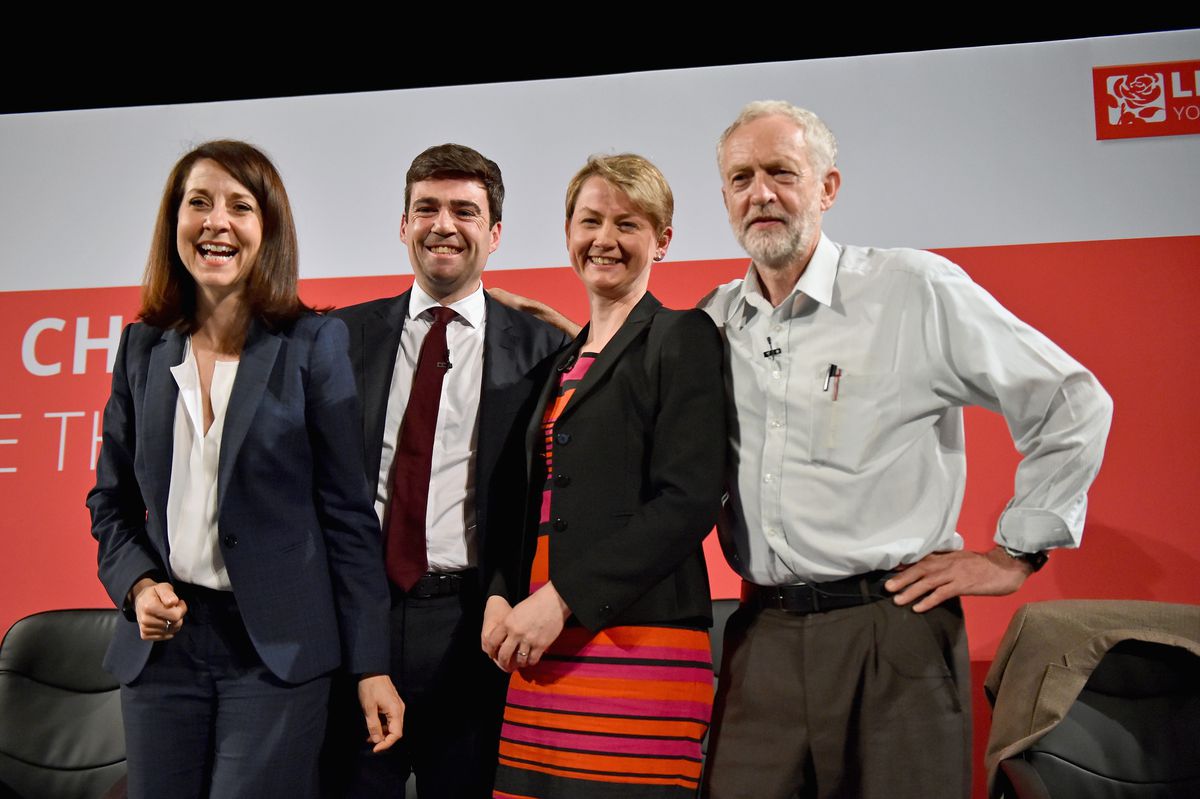
The limitation of Corbyn’s “alternative” style, however, was that it was largely negative in character: it rejected the black suit and white shirt by forgetting the suit altogether and unbuttoning the shirt’s top button, rather than wearing something else entirely (a la Che or the Stonewall drag queens). Hence the frequent denigrations of Corbyn’s “scruffiness” – to be scruffy is always defined in relation to a dominant ideal which it fails to meet through a messy excess (long hair, unclean clothes, etc). The scruffy can be easily denigrated because it is not a style that stands on its own terms – it is only the failure of another, dominant, style.
Instead of continuing this negative trajectory through to its conclusion, however – which would have seen him doubling-down on his scruffiness and lack of “professionalism” in order to create a new, positive, alternative style – Corbyn caved to the neoliberal style council remarkably quickly. Beige suits were replaced by dark ones by the time the 2017 general election campaign came around, and such a stylistic capitulation was only further entrenched by Labour’s success at that election, which ostensibly dictated that the party must look like a “government and waiting” and Corbyn a “future Prime Minister”. Consequently, 2019 election Corbyn seemed to have lost all the spark and difference of 2017 Corbyn: years of “image management” and trying to out-government the government during the charade that was the Brexit withdrawal process had smoothed out all his edges, turning him into just another functioning component of the cynical electoral machine. (Something that unsurprisingly led to Corbynite Labour’s defeat – Corbyn was never elected or designed to be a functioning cog, but a spanner lodged in the mechanism, rupturing and destroying it. This was the role he could convincingly and persuasively play, not “future Prime Minister”.)
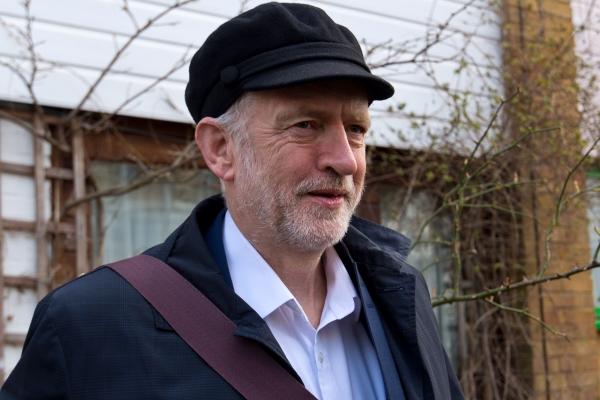 Corbyn’s signature and notorious fiddler cap, which was rarely seen after his election in 2015, and indeed was bought by Brian Eno at a Stop the War fundraiser in December of that year.
Corbyn’s signature and notorious fiddler cap, which was rarely seen after his election in 2015, and indeed was bought by Brian Eno at a Stop the War fundraiser in December of that year.
None of this is massively surprising, however. Corbyn came from two cultural/ political/ intellectual traditions that historically have utterly neglected the question of style, sometimes to the extent of vehement disdain. The first of these is Labour’s Old Left centred around Bennism and the trade union movement, a.k.a the ‘up-the-workers Left’ that Mick Farren refers to in the epigraph above. Fetishising the rough grubbiness of the common man, such a tradition could only see style and glamour as bourgeois and decadent, and therefore the enemy – a sensibility acutely reflected in the artistic movement of socialist realism.
Secondly, Corbyn clearly inherited much from the hippy counterculture of the 1960s and 70s, whose influence on him is evidenced by his historic support for nuclear disarmament, vegetarianism, and his well-known embrace of the local and homegrown (be it in the realms of food or fashion) throughout his life. In the hippy strain of the counterculture, glamour was not so much rejected because it was bourgeois – although there was certainly an element of that – but rather because it was artificial, the accomplice to a crude consumerism that desecrated a fetishized “Nature”. The hippies, after all, were all about returning to the roots – and capitalism’s glamorous new gadgets and accessories were seen as deceptive illusions standing in the way of such a holistic, “organic”, “real” enlightenment. Emerging on the political scene in the mid-70s (well after the peak of the counterculture) and dedicated to the party machine from the start, Corbyn’s hippiedom was always far more vague and diffuse than his Bennism, and so naturally he never fully embodied this reductive caricature. Nonetheless, we can see hints of it in an interview he gave to BBC Newsnight in 1984, where he states:
It’s not a fashion parade, it’s not a gentleman’s club, it’s not a bankers institute; it’s a place where the people are represented.
Now, this makes us want to provocatively ask: can “the people” not be represented by a fashion parade? As Farren writes above, it is not that the working class have historically liked or desired their stripped back, economical clothing, but rather that it’s just what they’ve had to settle for out of a lack of money. Indeed, working-class life is defined by this state of dreaming of glamour and excess, and its open embrace of the artificial and dolled-up: nail extensions, gold teeth, tattoos, lipstick. (As embodied in Farren’s figure of the “working-class dandy”). Hence the, as Mark Fisher once termed it, “deep affinity between the working class and the aristocracy”:
Fundamentally aspirational, working-class culture is foreign to the levelling impulse of bourgeois culture — and of course this can be politically ambivalent, since if aspiration is about the pursuit of status and authority, it will confirm and vindicate the bourgeois world. It is only if the desire to escape inspires taking a line of flight towards the proletarian collective body and Nu-earth that it is politically positive.
To be glamorous or stylish is not, inherently, to be bourgeois or reactionary. Indeed, historically it has been the truest expression of that groundless artificiality that is the working class. The task for any left project going forward, then, is not just to reject the dominant styles of bourgeois culture, a la Corbyn, but also the active construction of a new revolutionary glamour, drawing from the energies of various countercultural currents in music, art, fashion and film, alongside the tradition of the “working-class dandy”.
